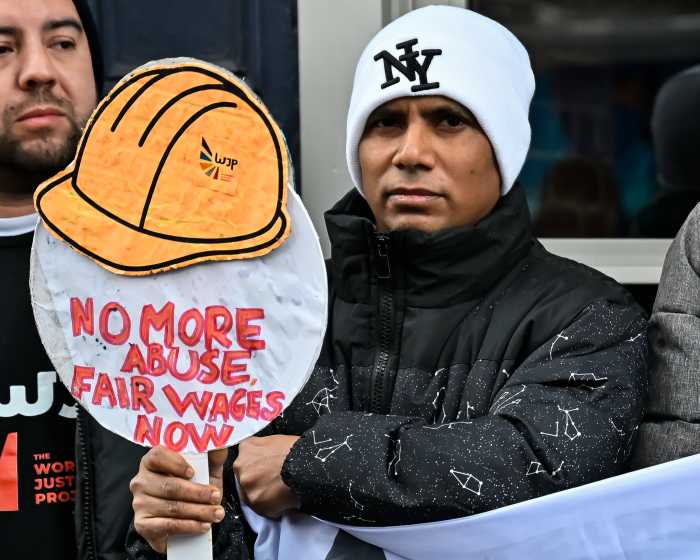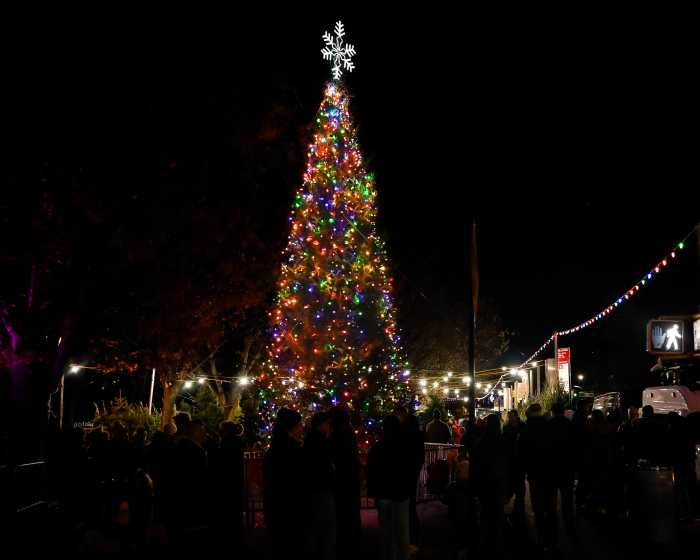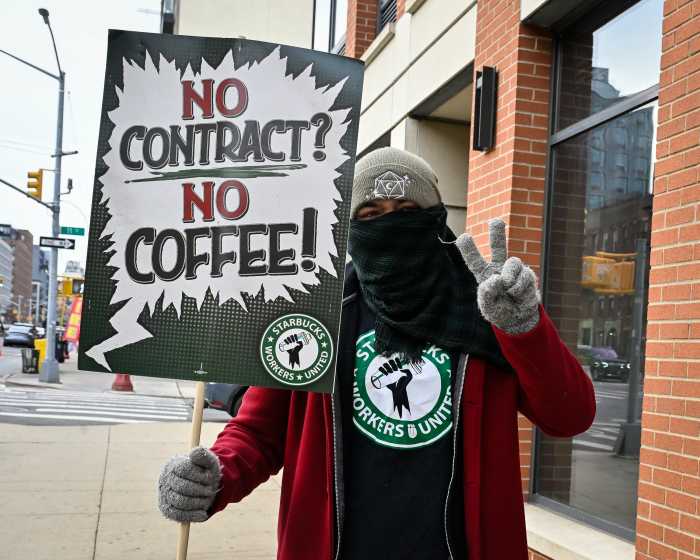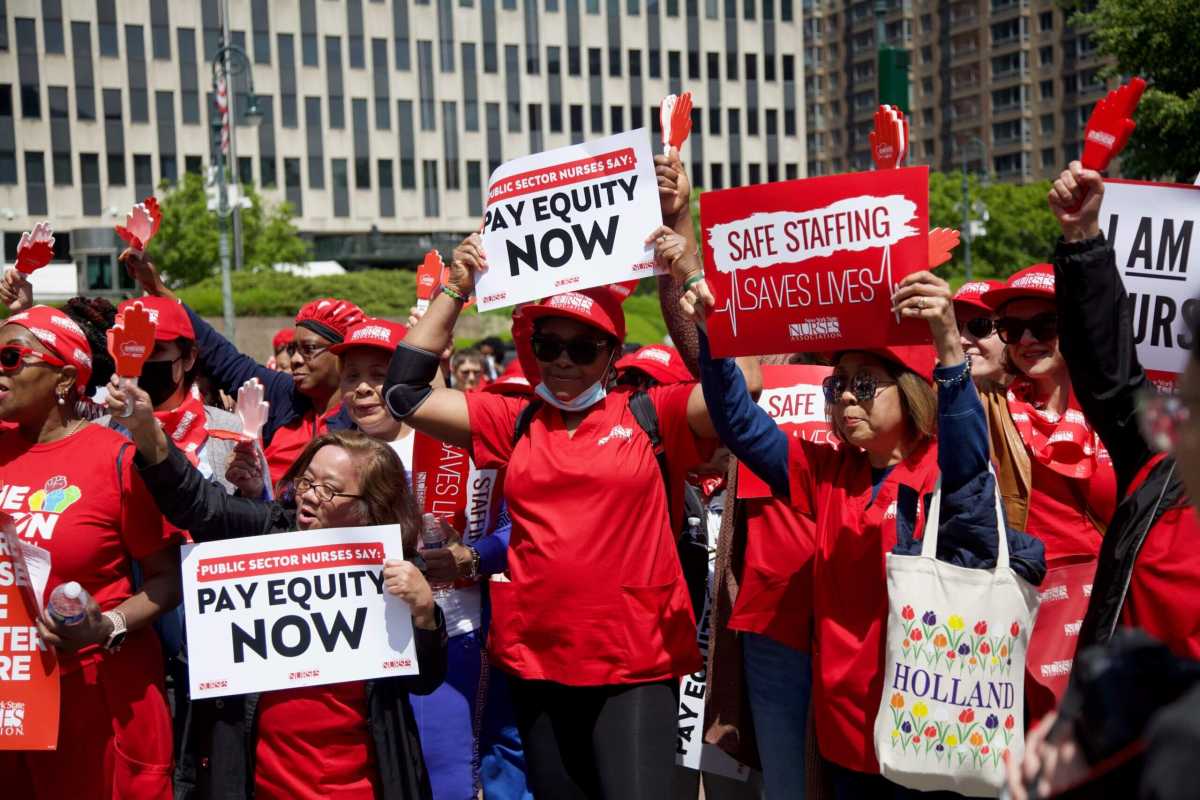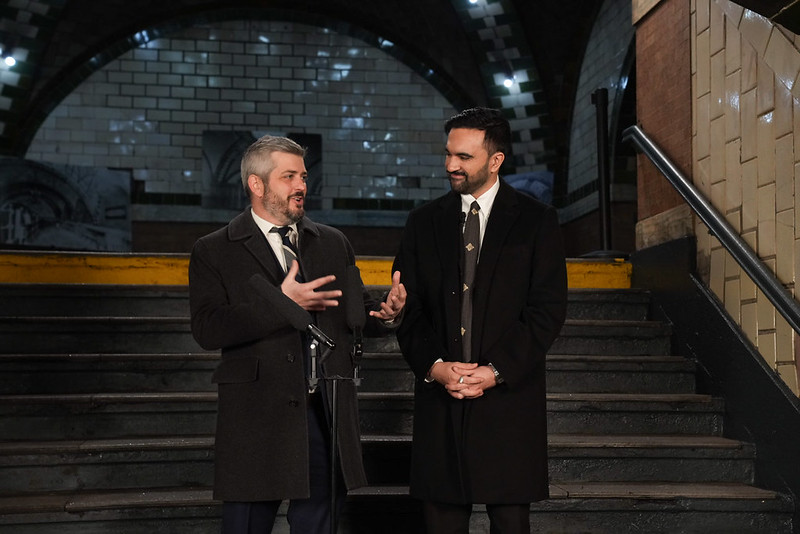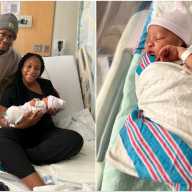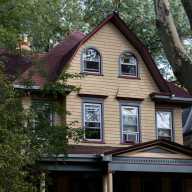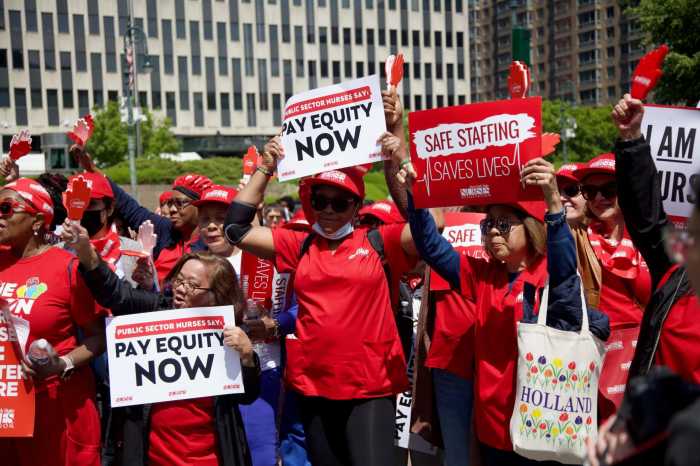Federal aviation officials faced a barrage of complaints last Thursday night from Park Slope residents, who fervently described an incessant barrage of aircraft noise that they say will only get worse.
The heated meeting featured a stunning dichotomy: As much as Federal Aviation Administration and Port Authority officials relied on technical jargon, aircraft noise opponents relied on their passion for the subject — even going so far as to read a letter from a sympathizer who said that her cancer was exacerbated by low-flying airplanes.
But the officials from the FAA, as well as the Port Authority — which operates La Guardia airport — were unmoved. While not disputing any of the opponents’ basic data on low-flying airplanes, they said their hands were tied when tweaking the flight patterns of the most cluttered airspace in the country.
“All these flight patterns are tightly maintained,” said FAA representative Stephanie Branta, while standing in front of a complex map of flights sweeping over Park Slope and Prospect Park. “We have guidelines that must be followed.”
But Jim Williams of Brooklyn Against Aircraft Noise wasn’t sympathetic.
“We can’t sit on our deck anymore!” Williams said. “Every minute — whoosh Whoosh! We can watch them fly overhead.”
The anti-aircraft noise activists cited data that they had acquired through a Freedom of Information Law request, along with their own sound readings, which they said proved that flights were bombarding the neighborhood with roaring turbines.
But many of the anti-noise advocates’ proposed solutions were quickly rebuffed by the government officials.
One suggestion was that air-traffic controllers at La Guardia send more planes to a runway that is neglected compared to the one that receives planes flying over Park Slope roughly every 30 seconds — to which Branta gruffly replied: “Does anyone understand how runway selection is made?” (As it turns out, runways are selected by ideal wind conditions.)
Another suggestion was that planes follow the path of the Brooklyn–Queens Expressway instead of the route stretching from Bay Ridge, through Park Slope, and straight to La Guardia.
“It’s not safe,” said Ralph Tamburro of the FAA. “Aircraft can’t navigate that precisely.”
But without any reforms in air traffic management — and with advances in technology making landing more efficient — Park Slope will be even noisier, according to Jeffrey Starin, a licensed pilot.
“With this next generation [navigation] technology they’re rolling out — if you think it’s bad now, just wait. Things are not going to be pretty,” Starin said.
Things certainly don’t look like they’ll change for the better. By the end of the meeting, held by the Park Slope Civic Council at New York Methodist Hospital, aviation officials weren’t promising anything.
In a moment that highlighted how heated the debate had become, Civic Council President Ken Freeman asked if any members would like to take the lead on further dialogue.
There were no volunteers.



